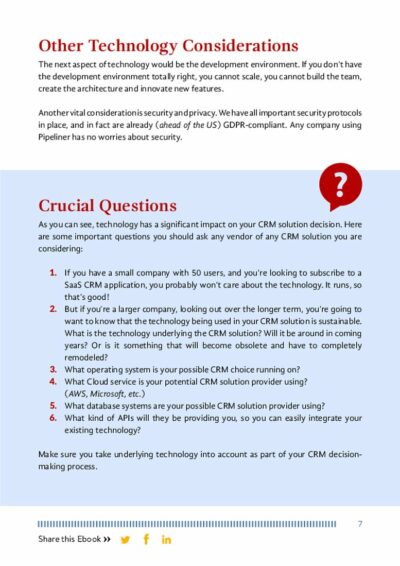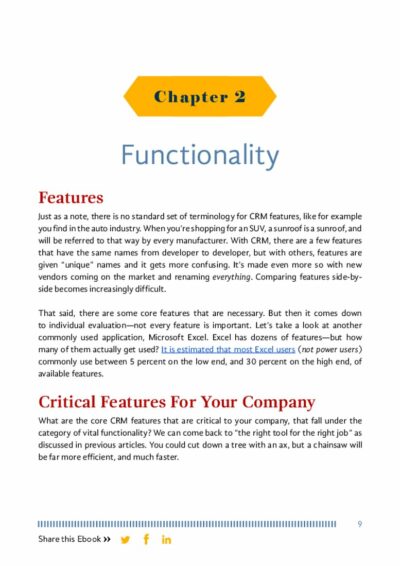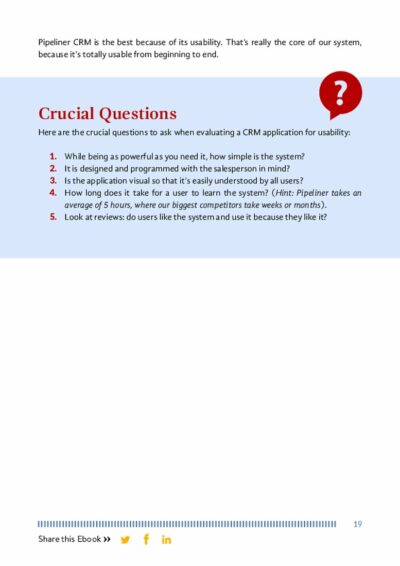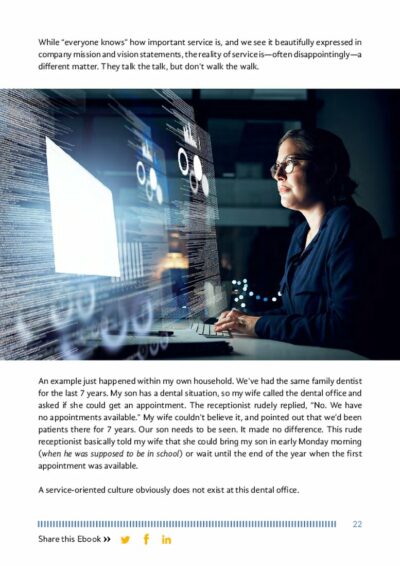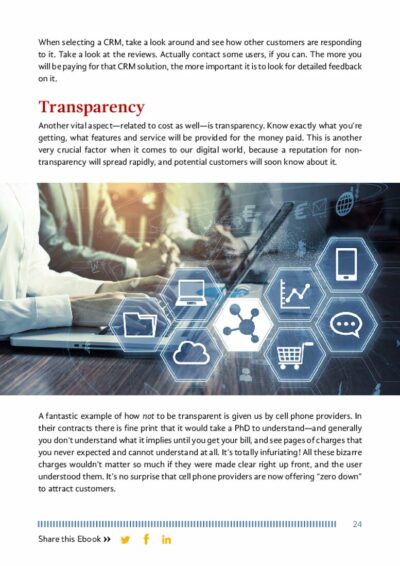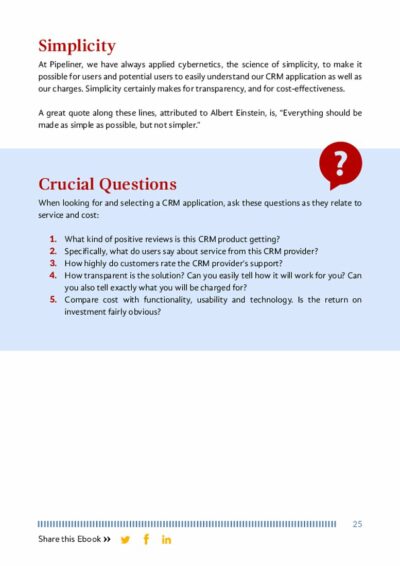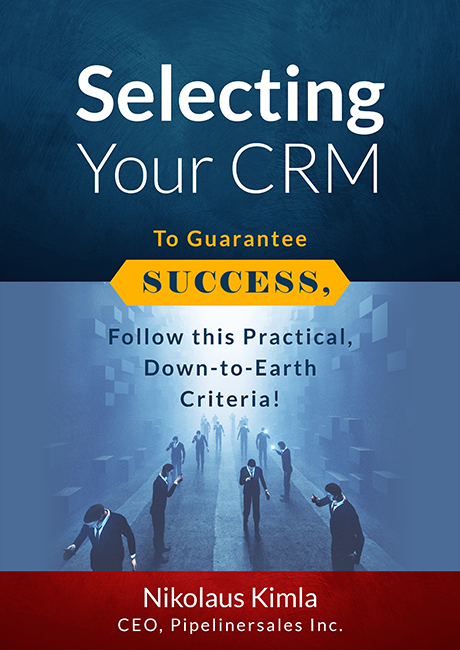
Selecting Your CRM: To Guarantee Success, Follow this Practical, Down-to-Earth Criteria
For any company, selecting a CRM solutionSolution Solution is a combination of ideas, strategies, processes, technologies and services that effectively helps an organization achieve its goals or hurdle its challenges. for a company is a major undertaking. Gartner has just provided an in-depth guide for doing so entitled “Select the Best-Suited CRM Solution with Gartner’s Evaluation Model”.
“Any sufficiently advanced technology is indistinguishable from magic.”
Selecting Your CRM to Guarantee Success
Selecting a CustomerCustomer Customer is an individual or an organization that purchases a product or signs up for a service offered by a business. Relationship Management (CRM) solution for your company is a major undertaking. This practical, down-to-earth guide is meant for the potential userUser User means a person who uses or consumes a product or a service, usually a digital device or an online service.—especially salespeople, who should at least be included in the CRM selection process. It covers the essential criteria for choosing a CRM, focusing on what matters most for the people who will actually be using the system to ensure success.
Here are brief descriptions for each chapter:
Chapter 1. Does Underlying Technology Matter?
Learn why the underlying architecture and technology are the most important criteria for CRM selection, even before functionality. This chapter covers the importance of sustainability, open-source technology, the development environment, and key considerations like security and privacy.
Chapter 2. Functionality
Explore the critical features and functionality that are vital to your company’s specific processes. The discussion highlights the ability to visualize and manage multiple processes, the importance of workflow and seamless dataData Data is a set of quantitative and qualitative facts that can be used as reference or inputs for computations, analyses, descriptions, predictions, reasoning and planning. flow integration, and the crucial need for manageability that allows anyone to learn and administer the system quickly.
Chapter 3. The Importance of Usability
This chapter focuses on usability, which is all about the user. It argues for the power of simplicity and the application of cybernetics (the science of simplification) in CRM design. Learn why usability leads to user adoption, resulting in more reliable data and better outcomes for your company.
Chapter 4. Service and Cost
Discover the relationship between service and cost, with service being the broader category that embraces support. The chapter explains why a strong service culture is vital in a transparent digital age where recommendations are currency. It also emphasizes the importance of transparency regarding features, service, and charges.
Chapter 5. Evaluating the Vendor
The final chapter addresses evaluating the CRM vendor. It discusses how the Software as a Service (SaaSSaaS SaaS is an acronym for Software as a Service.) model has reduced risk and how to assess company longevity. It also stresses the importance of understanding the vendor’s vision, such as their focus on a specific market or language, which can affect their products.
For any company, selecting a CRM solution for a company is a major undertaking. Gartner has just provided an in-depth guide for doing so entitled “Select the Best-Suited CRM Solution with Gartner’s Evaluation Model”.
Learn More About Pipeliner CRM
Take a no obligation 14 day trial of Pipeliner CRM. No credit card info required – just experience for yourself how it could impact your sales.

